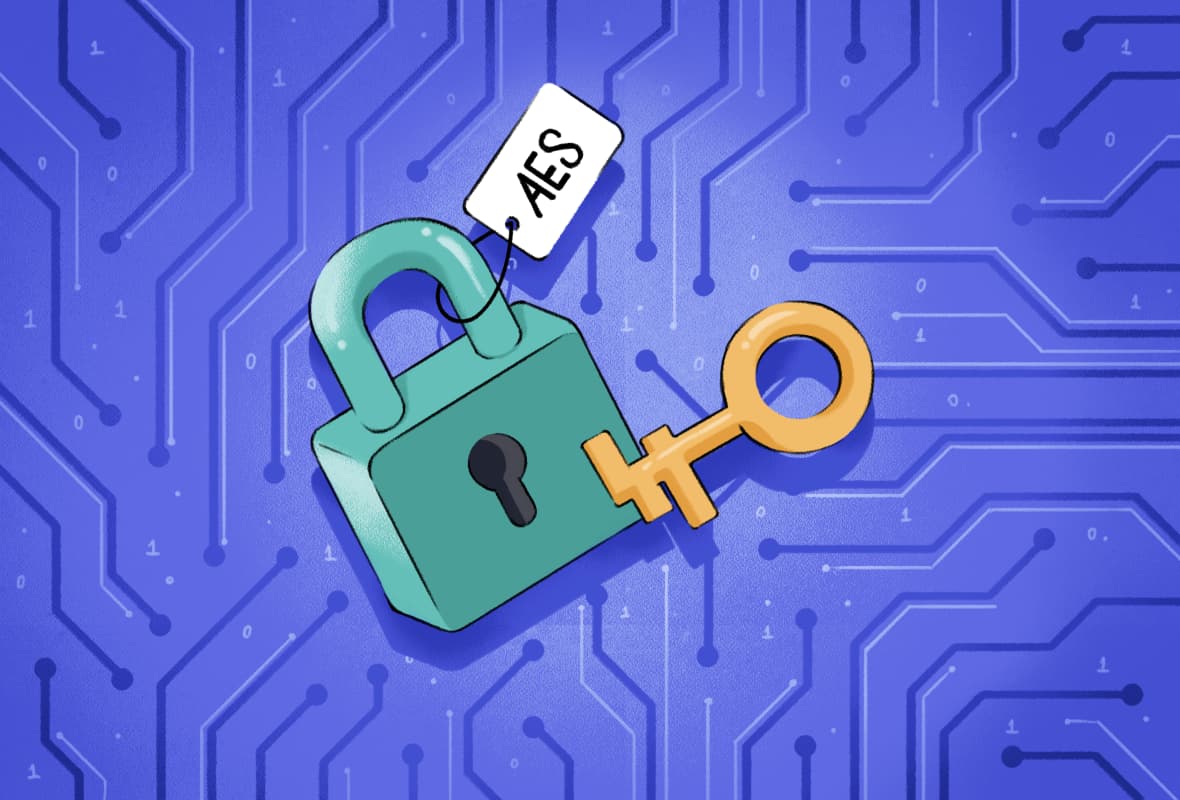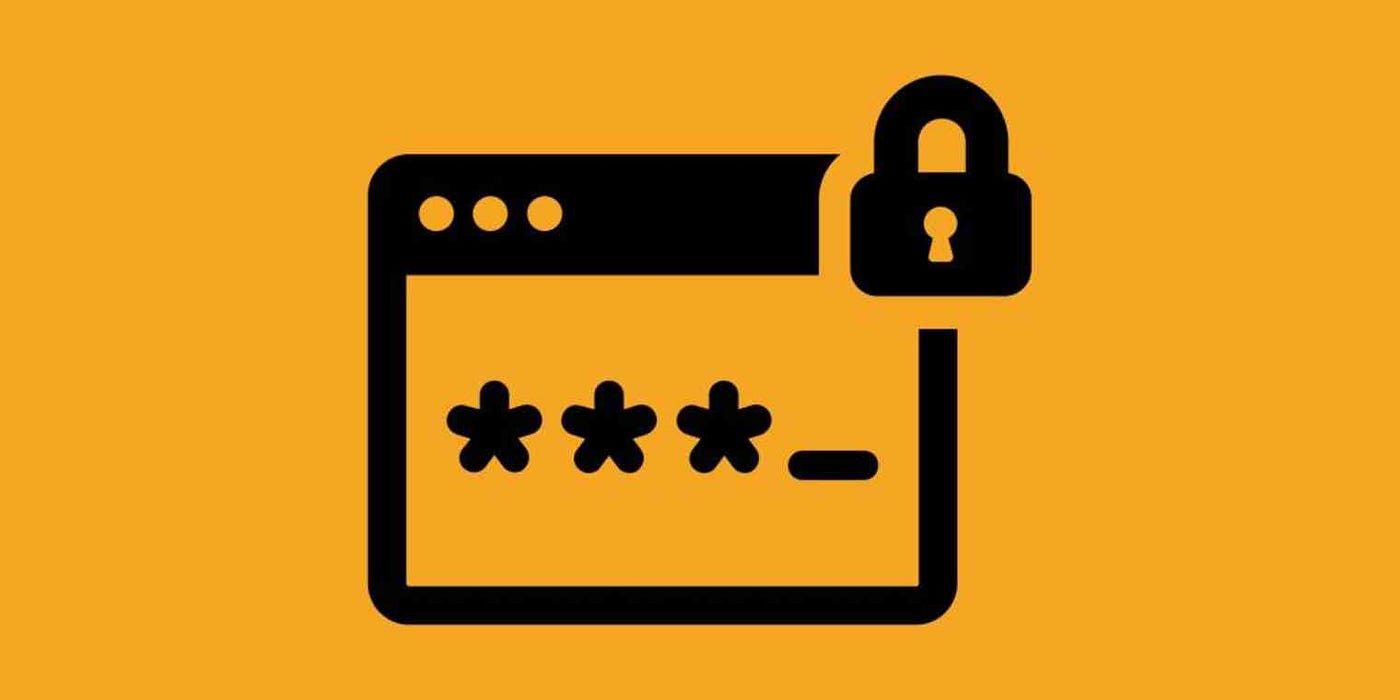
AES Encryption: A Simple Guide to Advanced Security
Encryption is the backbone of digital security. Whether you’re sending an email, making an online payment, or simply browsing the web, encryption ensures that your data remains confidential and safe from prying eyes. One of the most widely adopted encryption methods is the Advanced Encryption Standard, or AES. Let’s dive into what AES is, how it works, and why it’s so crucial in our digital age.
What is AES Encryption?
AES, or Advanced Encryption Standard, is a symmetric encryption algorithm established by the U.S. National Institute of Standards and Technology (NIST) in 2001. It replaced the older Data Encryption Standard (DES) which had vulnerabilities. AES is designed to be efficient in both hardware and software and supports key lengths of 128, 192, and 256 bits.
How Does AES Work?
At a high level, AES works by taking plain text and converting it into an unreadable format called ciphertext using a secret key. This process is reversible, meaning that the original plain text can be retrieved if one possesses the correct key.
The encryption process involves several rounds of transformation, including:
- Substitution: Replacing each byte of the data with another byte from a fixed table.
- Permutation: Shuffling the bytes around.
- Mixing: Combining the bytes in a way that ensures security.
- Adding a Round Key: Combining the data with a portion of the encryption key.
The number of rounds depends on the key length: 10 rounds for 128-bit keys, 12 for 192-bit keys, and 14 for 256-bit keys.
Use Cases and Examples
Secure Communication
AES is commonly used in secure communication protocols like SSL/TLS, which protects web traffic. When you see the “https” in a web address, it means the data being transferred is encrypted using standards like AES.
File Encryption
Many software applications use AES to encrypt files, ensuring that only those with the correct password or key can access the content.
Example with Python:
from Crypto.Cipher import AES
import base64
# Key and Initialization Vector
key = b'Sixteen byte key'
iv = b'Sixteen byte IV.'
# Create AES cipher object
cipher = AES.new(key, AES.MODE_CBC, iv)
# Encrypt a message
plaintext = "Hello, World!"
ciphertext = cipher.encrypt(plaintext.ljust(32))
encoded_ciphertext = base64.b64encode(ciphertext)
print(f"Encoded Ciphertext: {encoded_ciphertext}")
# Decrypt the message
decoded_ciphertext = base64.b64decode(encoded_ciphertext)
decrypted_text = cipher.decrypt(decoded_ciphertext).strip()
print(f"Decrypted Text: {decrypted_text.decode()}")
Secure Password Storage
Many online services use AES to securely store user passwords. When a user logs in, the service decrypts the stored password and compares it to the entered password.
Adoption and Usage
AES’s robustness and flexibility have made it a popular choice for various industries:
- Government: Many government agencies worldwide use AES to protect classified information.
- Banking: Financial institutions use AES to secure transactions and sensitive customer data.
- Healthcare: Patient records and other confidential information are often encrypted using AES.
AES in Daily Life
You might not realize it, but AES is everywhere:
- Online Shopping: When you enter your credit card details on a shopping site, AES encryption ensures that your information is safe from hackers.
- WiFi: The WPA2 security protocol used in most modern Wi-Fi networks employs AES encryption.
- Mobile Phones: AES protects your phone’s data, ensuring that if it’s lost or stolen, your personal information remains secure.
In our increasingly digital world, the importance of robust encryption methods like AES cannot be overstated. It’s a silent guardian that works behind the scenes, ensuring our data’s confidentiality and integrity. Whether you’re a developer, a business owner, or just an everyday user, understanding and appreciating the role of AES in our digital lives is crucial.



